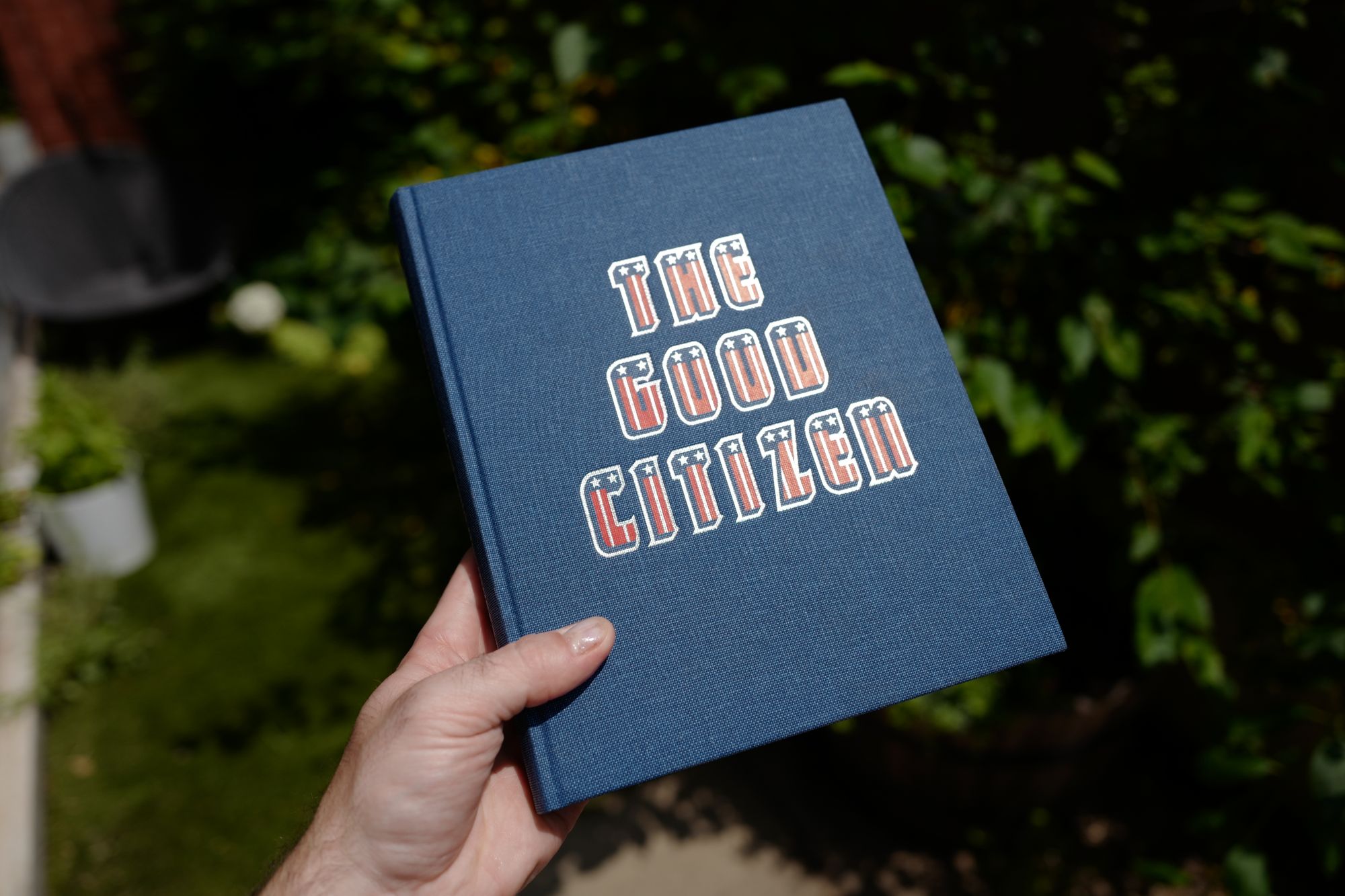
After Reading: The Good Citizen
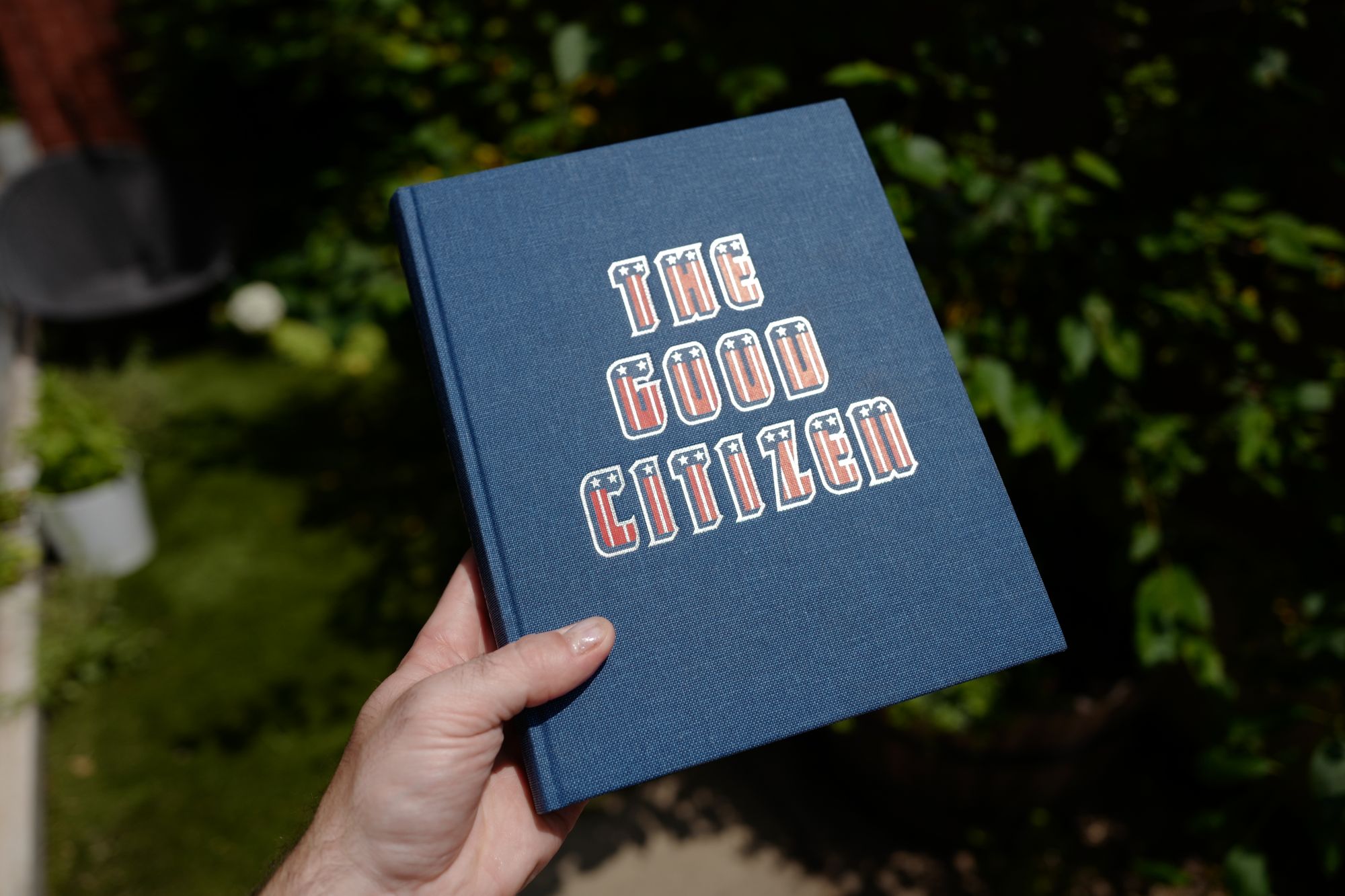
I’ve been a fan of Benjamin Rasmussen’s work for years, ever since I was just starting out as a photojournalist. And so I jumped at the chance to fund a printing of his work - he funded the printing of The Good Citizen through Kickstarter in the spring of 2022.
The book is an exploration of American citizenship, through the violent perpetrated against Black Americans, the internment of Asian Americans, the erasure of American Indians, the surveillance and detention of Mexican Americans, and others. It looks at the military industrial and schooling complex, the concepts of beauty measured against the interwoven cultures within the United States, and racial hosing in the U.S. And it looks at these concepts through several different lenses: found photographs, photographed items, portraits, landscapes, and found prints. Accompanying essays were written by Frank H. Wu.
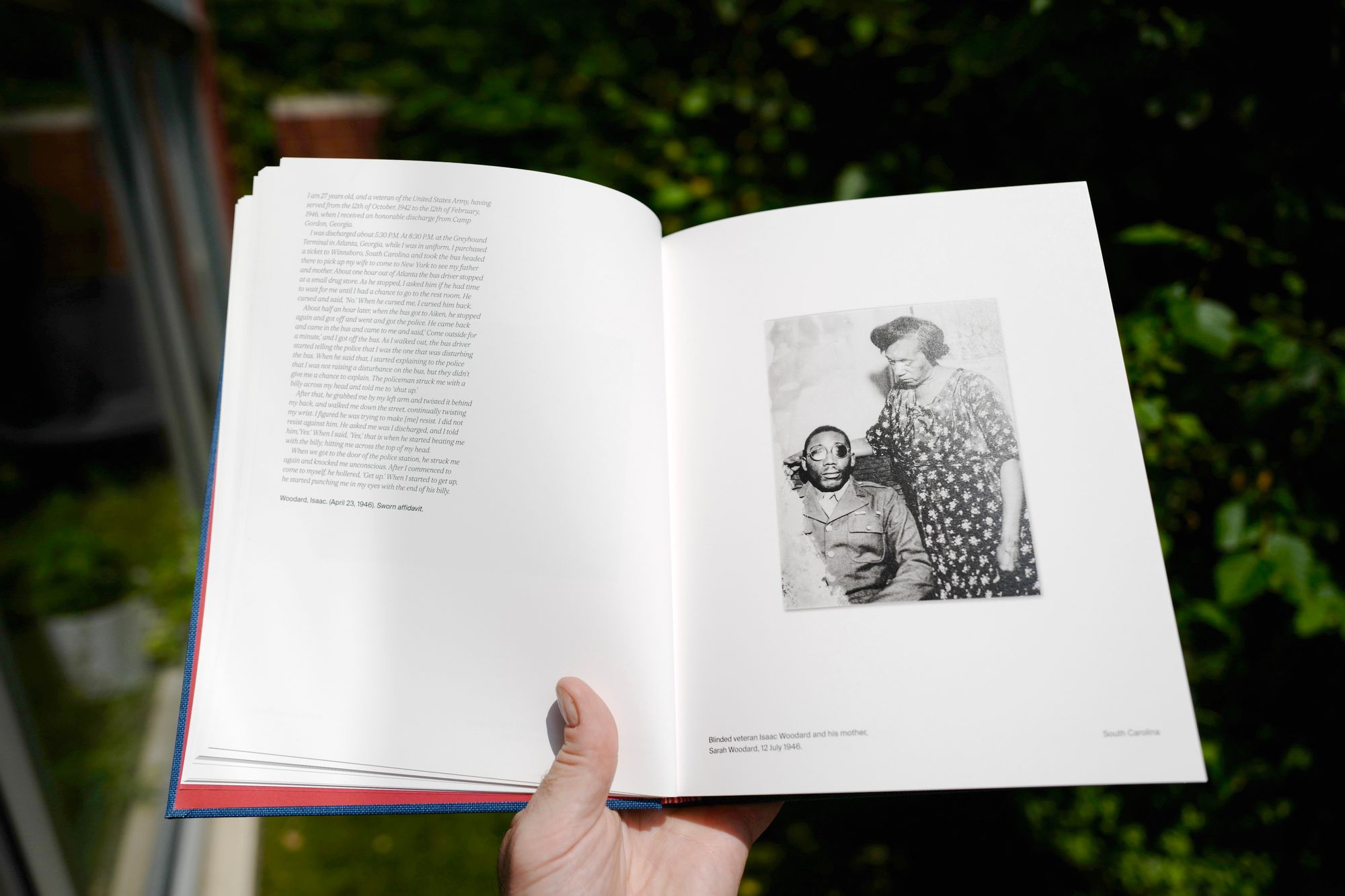
I read the whole book outside, sitting in dappled sunlight on my patio, over the course of a couple days. After finishing a section, I would put the book down and mull over the stories I had read, trying to let them soak into my thinking for a while - trying to let them weave together over time. There is a lot of soaking to do when you read a book like this. It’s so heavy, thick with stories and reflections of our current life in the history it lays into the page.
The book spans hundreds of years and thousands of miles across the history and geography of the United States, so much that it really feels like travel to finish reading the whole thing. It forced reflection so many times, on both the juxtaposed images and the quotes assembled from citizens both past and current.
I am not usually a fan of found photography, but the photographs paired with the stories in these pages were powerful. And the portraiture is Rasmussen’s strong suit, so they are beautifully executed and lovingly paired with the text.
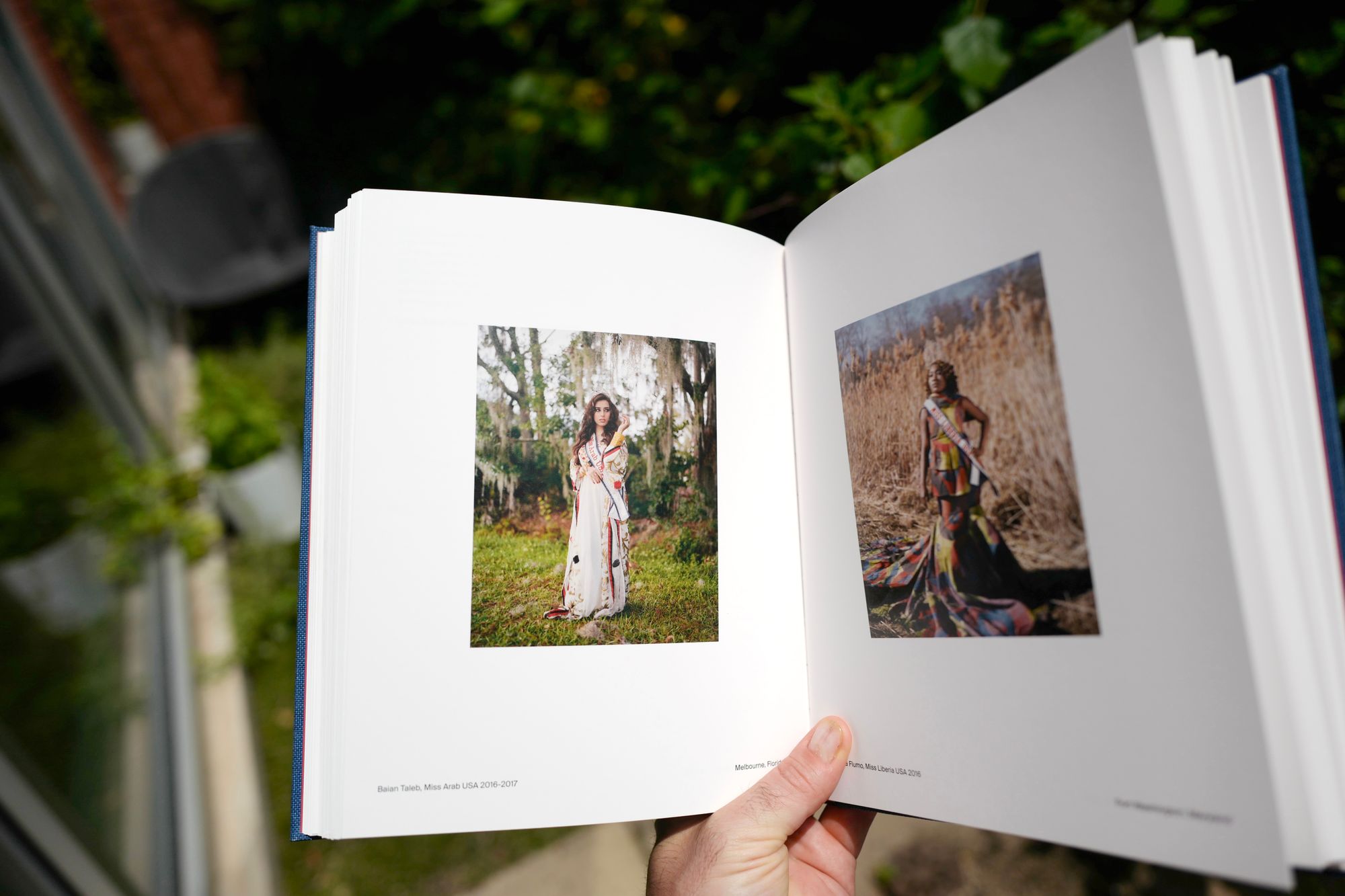
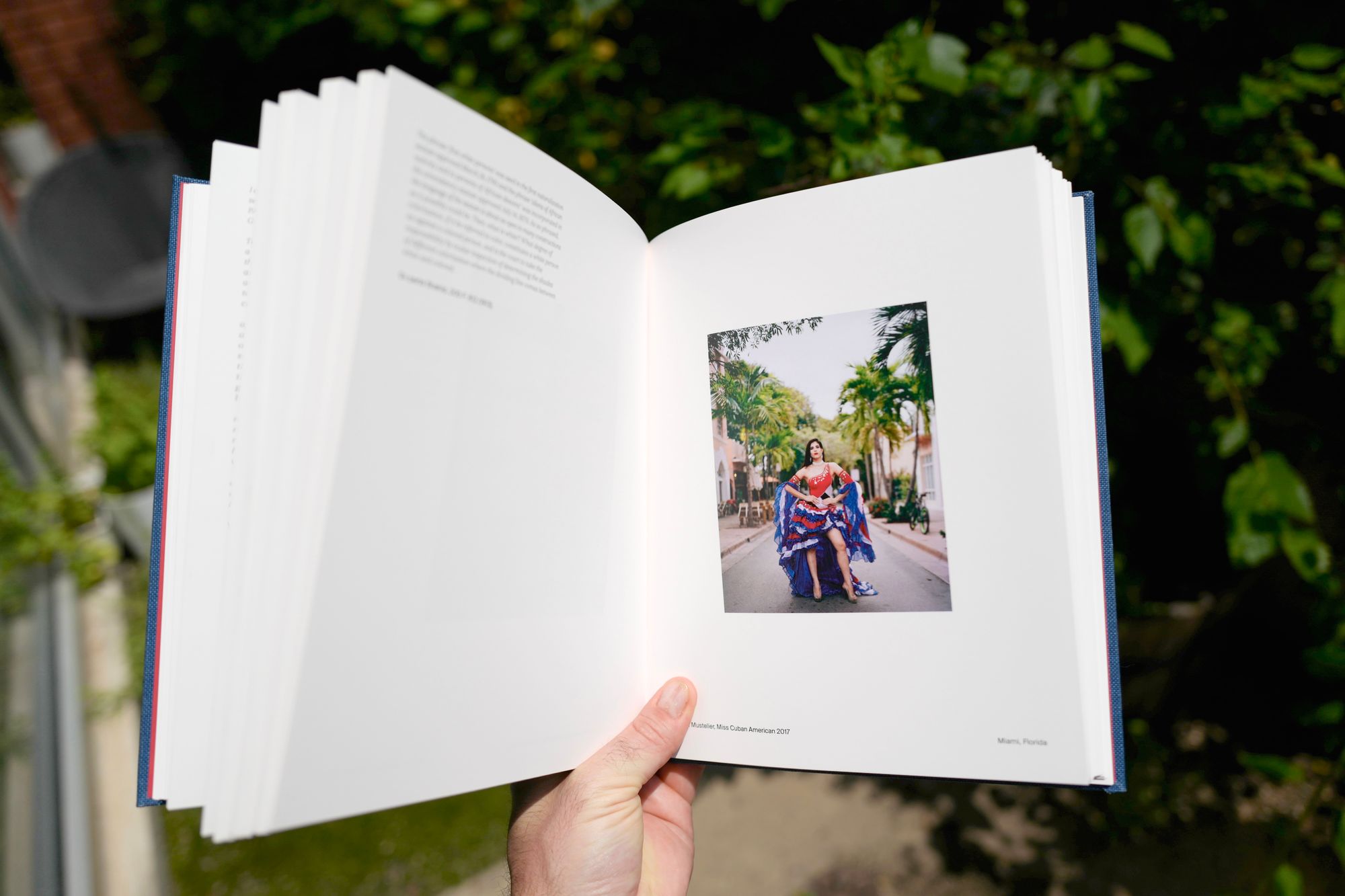
As I read, I thought about how much more powerful this book is, as a vessel of history and context, than any history book I read in school. The lessons of history are neutered by presenting them unemotionally, disconnected from the people currently experiencing the effects. History should be presented like this - stories and facts from across time and place, connected by the thread of historical contexts. Great historical teaching connects dots and people, rather than presenting them as isolated capsules; the shootings at mosques are connected to the shootings at schools are connected to the lynchings from a century ago and here are the quotes and images from those directly touching that through-line.
That historical map draws an indelible line that resonates and can be seen out on the street. These are the maps I want to find and follow these days.
Josh Beckman